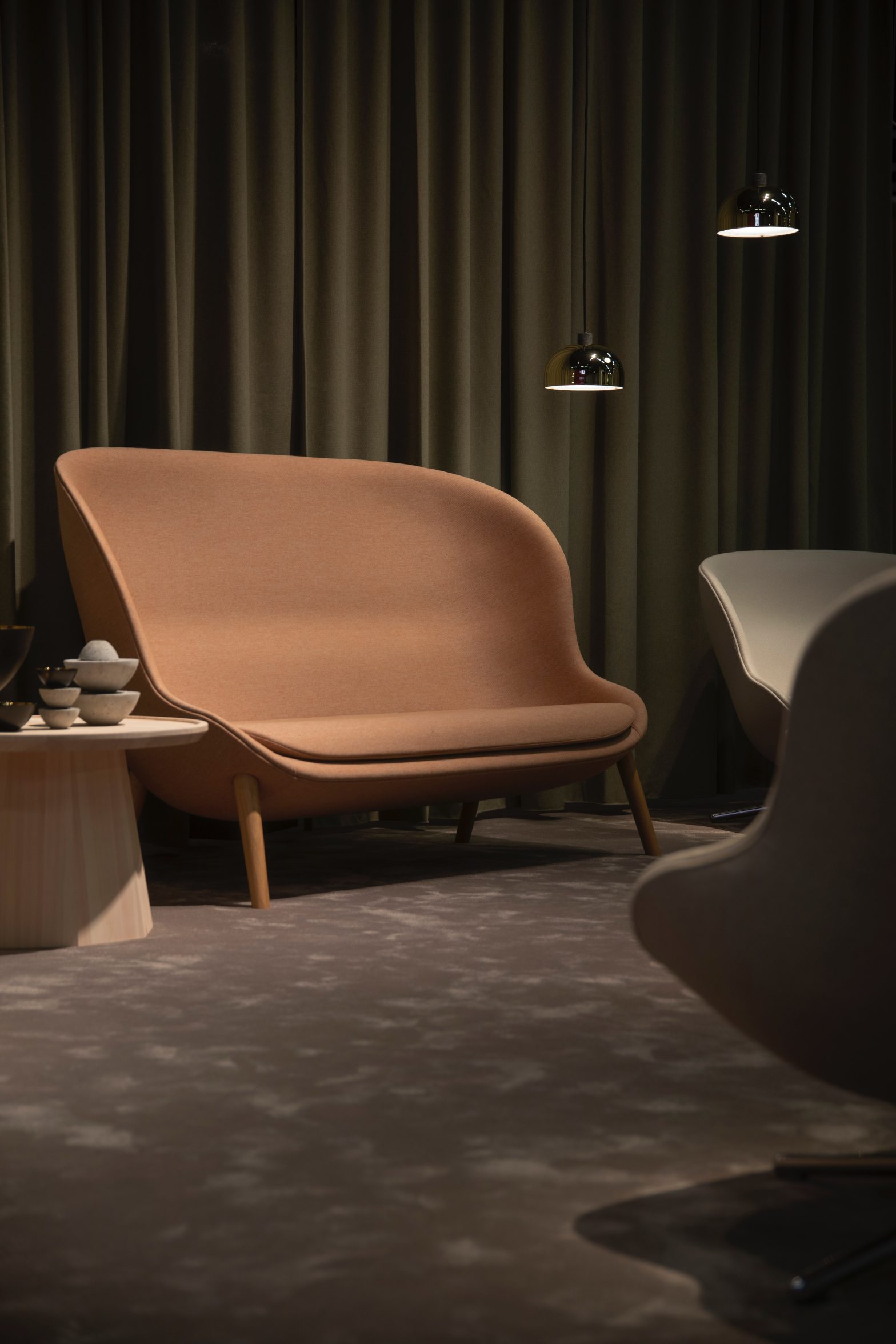COVID-19 may mark the rise of the introvert—at least when it comes to work, transforming modern office design, says renowned Dutch architect Florian Idenburg.
The pandemic’s stay-at-home orders forced a new level of solitary work at home, which has long been the sweet spot for introverts. And ultimately, it proved that this kind of quiet, introspective work can be especially attractive.
“The pandemic was the return of the introvert being super comfortable,” says Idenburg, co-founder of the award-winning architectural design firm SO-IL in New York City. He expects architecture to follow this lead going forward.
The awakening of introverted work marks a significant contrast to what’s happened so far in the modern office, which has celebrated extroverts with open environments that encourage social collaboration and conversations with the hope of boosting productivity, morale, and innovation. As a result, until recently, there had been few places for solitude.
Idenburg’s forthcoming book, Human(s) Work: The Office of Good Intentions—to be released early next year—argues that architecture will further shape the rise of “deep” work—or the ability to have long stints of time being very concentrated on one task without distractions. If we create spaces that eliminate distraction, whether it’s sound, messages, phone calls, emails, then workers may find more innovation.
New research has already shown the downsides of open offices, but such designs most specifically have hurt the productivity of introverts, argues Susan Cain, in her book “Quiet: The Power of Introverts in a World That Can’t Stop Talking.” She argues that we live in a value system that embraces the “Extrovert Ideal,” the omnipresent belief that the ideal self is gregarious, alpha and comfortable in the spotlight. Introverts and extroverts work differently: Extroverts enjoy multi-tasking and tackle assignments quickly. Introverts, meanwhile, focus on one task at a time and have powers of concentration—and they can be a catalyst for innovation, she writes.
The way of the introvert is backed by science. It should be no surprise that interruptions and multitasking are barriers to productivity. But studies also show a high correlation between privacy, work performance and even job satisfaction, and that high-performing employees need quiet spaces. For instance, Backbone Entertainment, a video game company in Oakland, initially used an open office plan but found that their developers, who were introverts, were unhappy. Reebok had a similar experience with its shoe designers, who told executives that they didn’t want brainstorming space but rather quiet space to concentrate. Chicago software company Basecamp even instituted something called “No-Talk Thursdays,” or one day a week in which employees weren’t allowed to speak to each other.
Idenburg suggests reviving the idea of the studiolo, a space that the Medicis used during the Renaissance to drive non-lateral thinking and innovation, whether it was in the arts or food. In the 15th century, Isabella d’Este, marchesa of Mantua and an Italian leader in the Renaissance, commissioned a number of paintings from Italian painter Mantegna and others inside her studiolo inside her palace. These studiolos tended to be ornate with columns, crown moldings and often filled with inlaid wood, cabinets with books and scientific instruments.

The same philosophy could be applied today, in essence, removing us from everyday reality and, in a way, locking ourselves in a room to not only shut out all distractions, but to drive imagination.
Obviously, privacy in the modern office won’t look like rooms inside ornate palaces. But Idenburg challenges architects to consider what environments might spawn a similar, private kind of creativity. “What sort of stimuli could we surround ourselves with that allows us to open up our minds and open up our brains to think differently?” he asks. It will be interesting, he says, to see what kinds of ideas and imagery we need going forward.
The pandemic will also force people and businesses to think very differently about the 9-to-5 ritual of being at the office at a certain time, for a certain amount of time, and then going back home. Workers will also have heightened expectations about working from the office.
Office design will likely incorporate more project-based rooms that allow people to embrace that introverted working style, says Idenburg. The spaces would allow people to isolate themselves for longer time periods, rather than today’s large, shared spaces and shared desks.
We’ll return to more private, enclosed spaces in the office, says Idenburg, but you can forget the idea of a big corner office with a name on the door. These will be modular spaces that anyone—not just the CEO—can occupy for certain amounts of time, depending on various schedules. The idea would be that this room is not necessarily continuously occupied nor is it left empty.
Technology will also influence how architects design. Workers will use tech to schedule and organize work, leaving the physical space to be designed with a person’s own experience in mind. Idenburg points to the work of Juhani Pallasmaa, who first explored the idea of designing for the five senses in the 1990s. His book, The Eyes of the Skin, asked the broad question of why, when there are five senses, does architectural design and culture predominantly focus on sight? The idea of incorporating all five senses into design has become a classic of architectural theory. In fact, as we become more digital, the idea of phenomenology in architecture becomes more relevant.
Idenburg goes one step further, by asking designers to acknowledge that one person’s experience in a space is not somebody else’s experience. “We all feel. We all have senses, and we all have experiences. And our environment has an effect on our physical wellbeing,” he says.
Ultimately, it will be the role of the architect to design more diverse spaces and different settings of comfort. And hopefully, he says, we can design more comfortable, more human spaces for everyone—and perhaps again, space that embraces introverts too.
